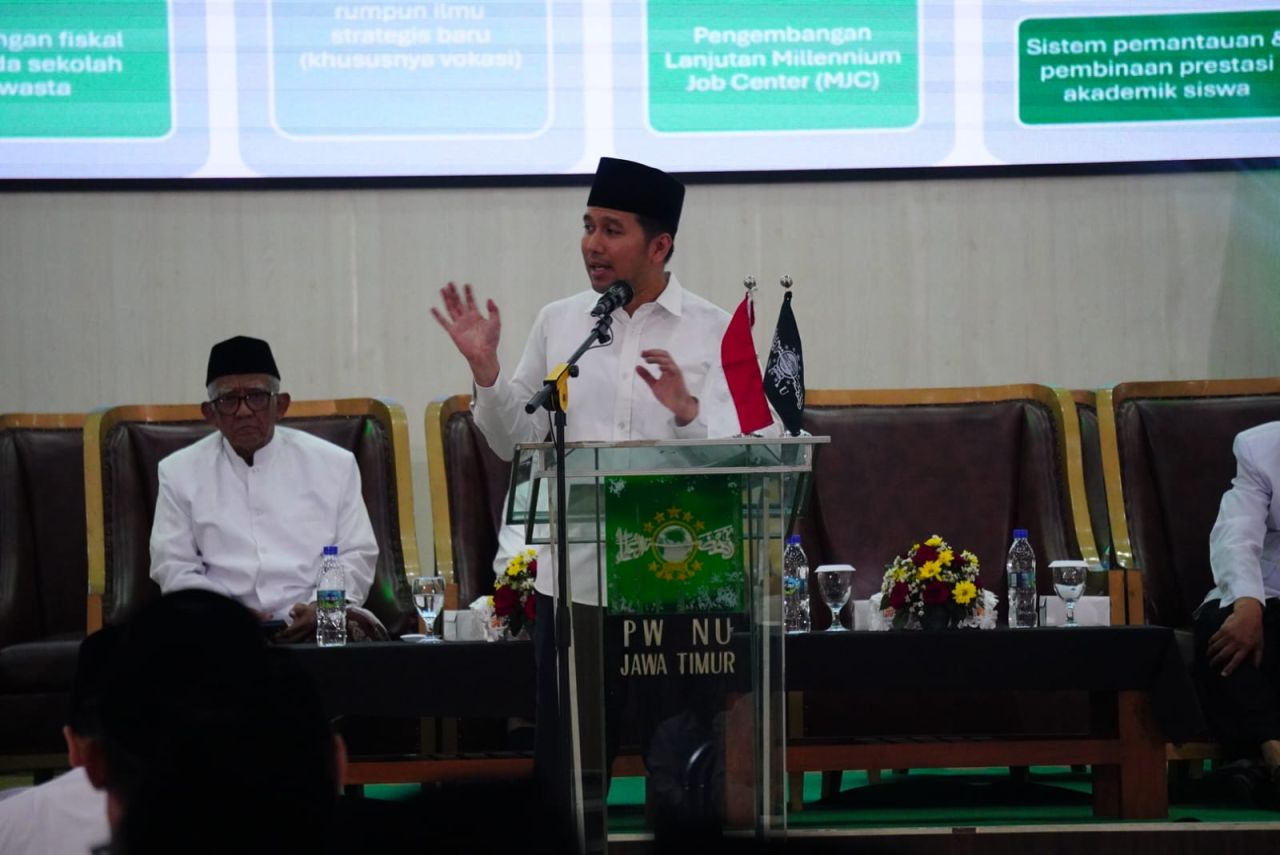New management at Nissan has implemented a bold turnaround plan after reporting a net loss of $AU7 billion, starting with seven factory closures and axing 11,000 more jobs.

Nissan has reported its biggest net financial loss in 25 years – totalling $AU7 billion (670.9 billion Japanese yen) for fiscal-year 2025 – amid a decline in vehicle sales and profits.
Company management – including new CEO Ivan Espinosa – this week announced an expanded restructuring plan designed to turn Nissan's financial performance around, and return to profitability within months.
Among the changes are 11,000 job cuts – in addition to the 9000 previously announced – across sales and general administration, research and development, and manufacturing departments of the business.
It is also set to close seven factories by Japanese financial year 2027, four more than previously indicated – and leaving 10 in operation.

Nissan has not yet indicated which factories are likely to be closed under the restructure.
The Japanese car giant also has plans to overhaul its powertrain plants and has announced that a planned battery production plant in Kyushu, Japan, has been cancelled.
The changes follow Nissan's second-highest net loss on record, just short of 2000, when the company was on the brink of bankruptcy – its fortunes turned around then by former CEO turned fugitive Carlos Ghosn.
"It is a very, very painful and sad decision to take," Nissan CEO Ivan Espinosa said in remarks quoted by Automotive News.

"We wouldn’t be doing this if it was not necessary for the survival of Nissan. Are we confident that this is enough? The answer is yes, this will be enough to drive the results that we need, but we need to move fast."
Nissan vehicle sales were down 2.8 per cent in the 12 months ending March 31, 2025, to 3.35 million cars, but its operating profit was down 88 per cent to $AU731 million.
Dubbed Re:Nissan, the brand's latest recovery plan targets total cost savings of 500 billion yen ($AU5.2 billion) compared to its 2024 financial year performance. A return to operating profitability is slated for FY26 (April 2026 to March 2027).

Nissan has announced it is targeting a cost-per-hour reduction of 20 per cent for its research and development division, a reduction in parts complexity of 70 per cent, and a plan to reduce the number of vehicle platforms from 13 currently, to seven by 2035.
Vehicle development time has been targeted for a reduction from 37 months to 30 months.
An all-new Nissan Skyline – rumoured to be an SUV, rather than a sports car – a new global mid-size SUV, and an all-new compact SUV for Nissan’s luxury brand, Infiniti, are among the shorter development programs.
Among the immediate changes, Nissan has temporarily paused production activity for post-2026 new-model launches to focus on reducing cost.

Given it intends to reduce development times, Nissan says the pause won't see the launch of affected models delayed.
The announcement of a new Infiniti model suggests that Nissan has no plans of retiring its luxury division, despite slowing sales in the key US market and modest sales in the massive Chinese market.
In a statement about the announcement, Espinosa, who has been in the role since April 2025, said:
“As new management, we are taking a prudent approach to reassess our targets and actively seek every possible opportunity to implement and ensure a robust recovery.”
“Re:Nissan is an action-based recovery plan clearly outlines what we need to do now. All employees are committed to working together as a team to implement this plan, with the goal of returning to profitability by fiscal year 2026."
Kez Casey migrated from behind spare parts counters to writing about cars over ten years ago. Raised by a family of automotive workers, Kez grew up in workshops and panel shops before making the switch to reviews and road tests for The Motor Report, Drive and CarAdvice.















































